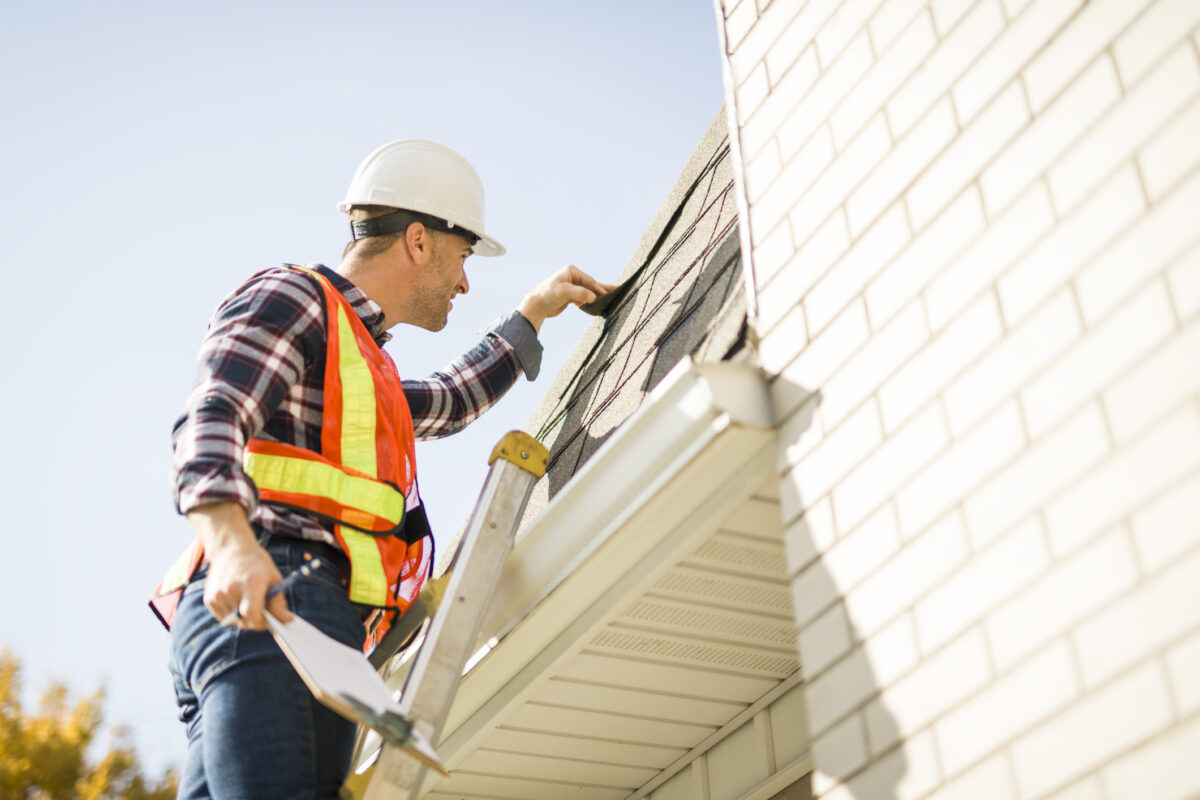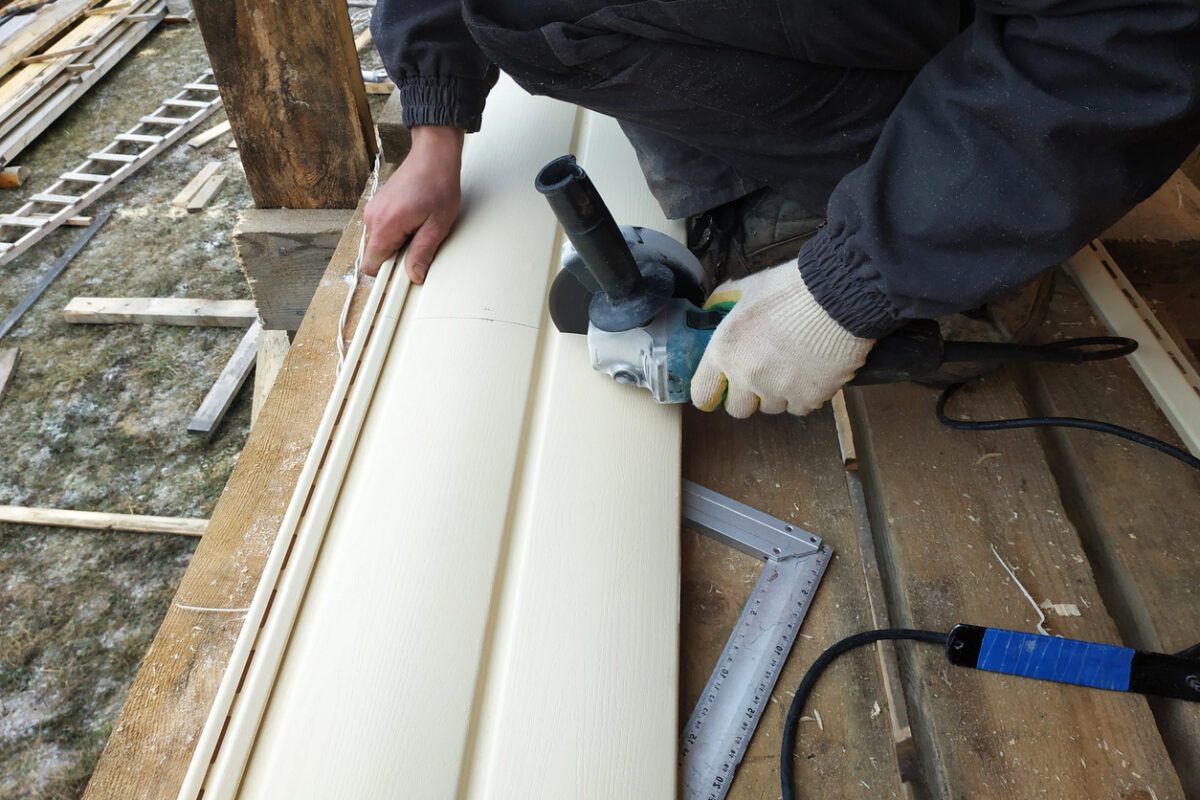Understanding Gutter Systems and Maintenance

Understanding gutter and downspout terms is essential for homeowners and contractors alike. Whether you’re embarking on a home improvement project or simply looking to maintain your existing drainage system, having a solid grasp of these terms can make all the difference. From the various components that help channel rainwater away from your home to the different styles and materials available, this guide will break down the key gutter and downspout terms and definitions you need to know. With clear explanations and practical insights, we aim to empower you to make informed decisions about your gutter system and ensure your home stays protected from water damage.
Adjustable Elbow: A flexible elbow that can be adjusted to different angles to fit various gutter and downspout configurations.
Aluminum Gutters: Lightweight, rust-resistant gutters made from aluminum, commonly used inresidential settings.
Apron Flashing: A type of flashing used to direct water into the gutter from the roof edge.
Arched Gutter: A curved gutter designed to fit arched rooflines or decorative structures.
Back Splash Guard: A vertical piece installed in the back of a gutter to prevent water from splashing over.
Box Gutter: A type of gutter that is built into the roof structure, typically used in commercial buildings.
Bracket: A support piece used to attach the gutter to the fasciaboard.
Catch Basin: A container at the base of a downspout designed to catch and direct water away from the foundation.
Copper Gutters: Durable and visually appealing gutters made from copper, known for their longevity and patina.
Corner Miters: Pieces that join two sections of gutter at a corner, ensuring a water tight connection.
Debris Filter: A device installed in the gutter to prevent leaves and other debris from clogging the system.
Diverter: A component that redirects the flow of water from one direction to another.
Downspout: A vertical pipe that carries water from the gutter to the ground or drainage system.
Downspout Bracket: A piece used to secure the downspout to the side of the building.
Downspout Filter: A filter installed in the downspout to trap debris before it enters the drainage system.
Downspout Strainer: A device placed at the top of the downspout to prevent debris from entering.
Drip Edge: A metal strip installed at the roof edge to direct water into the gutter.
Elbow: A bent section of downspout used to change the direction of the water flow.
End Cap: A piece used to close off the end of a gutter run.
Expansion Joint: A joint that allows for the expansion and contraction of the gutter material due to temperature changes.
Fascia Board: Theboard attached to the roof edge where gutters are mounted.
Filter: A device used to remove debris from the water before it enters the gutter or downspout.
First Flush Diverter: A device that diverts the initial flow of water away from the gutter to remove contaminants.
Flex Elbow: A flexible elbow that can be adjusted to various angles for custom downspout configurations.
French Drain: A trench filled with gravel or rock containing a perforated pipe that redirects surface water and groundwater away from an area.
Gable End: The end of a roof that forms a triangular section, often requiring special gutter configurations.
Gutter: A channel installed along the edge of a roof to collect and direct rainwater away from the building.
Gutter Apron: A type of flashing used to direct water into the gutter from the roof edge.
Gutter Cleaning Tool: A tool designed to remove debris from gutters.
Gutter Guard: A protective cover installed over the gutter to prevent debris from entering.
Gutter Hanger: A bracket used to support and attach the gutter to the fascia board.
Gutter Helmet: A type of gutter guard designed to keep debris out while allowing water to flow into the gutter.
Gutter Sealant: A waterproof sealant used to repair leaks in gutters and down spouts.
Gutter Splash Block: A block placed at the bottom of the downspout to direct water away from the foundation.
Half-Round Gutter: A type of gutter with a semi-circular cross-section, often used in historic or decorative applications.
Heat Cable: An electrically heated cable installed in gutters and downspouts to prevent icedams.
Hinged Gutter: A gutter section that can be hinged to allow for easier cleaning and maintenance.
Hopper: A funnel-shaped container at the top of a downspout that collects water from the gutter.
Ice Dam: A build-up of ice at the roof edge that prevents melting snow from draining, potentially causing water damage.
Kick-Out Flashing: Flashing installed at the base of a roof to direct water into the gutter.
Leader Head: A decorative box that collects water from the gutter and directs it into the downspout.
Leaf Guard: A cover installed over the gutter to prevent leaves from clogging the system.
Mesh Gutter Guard: A type of gutter guard made from a fine mesh that prevents debris from entering the gutter.
Miter Joint: A joint made by cutting two pieces of gutter at an angle to form a corner.
Offset Elbow: An elbow used to connect downspout sections that are offset from each other.
Overflow: When water spills over the edge of the gutter due to clogging or heavy rainfall.
Pitch: The angle or slope of the gutter, ensuring proper water flow.
Pop-Up Emitter: A device that allows water from the downspout to be dispersed at ground level.
Rain Barrel: A container used to collect and store rainwater from the gutter system for later use.
Rain Chain: A decorative alternative to downspouts, guiding water from the gutter to the ground through a series of links or cups.
Rain Diverter: A device installed on the roof to divert rainwater into the gutter.
Rain Gutter: Another term for gutter, a channel that collects and directs rainwater away from theroof.
Rainwater Harvesting: The practice of collecting and storing rainwater for later use, often using a rain barrel or cistern.
Runoff: Water that flows off the roof and into the gutter system.
Scupper: An opening in the side of a building or parapet wall that allows water to drain from a flat roof.
Seamless Gutter: Gutters made from a single piece of material, custom-cut to fit the length of the roof without seams.
Splash Block: A block placed at the bottom of the downspout to direct water away from the foundation.
Spout: Another term for downspout, the vertical pipe that carries water from the gutter to the ground.
Strainer: A device placed in the gutter or downspout to catch debris and prevent clogs.
Strap: A piece used to secure the downspout to the side of the building.
Swale: A shallow, sloped channel designed to direct water away from the building.
T-Connector: A connector used to join three sections of downspout in a T-shape.
Tip-Up Diverter: A device that allows the downspout to be tipped up to divert water away from a specific area.
Transition Elbow: An elbow that connects different sizes or shapes of downspout.
Underground Drain: A pipe system that carries water from the downspout away from the building underground.
Uphill Gutter: A gutter installed on a slope, requiring careful installation to ensure proper waterflow.
Valley Splash Guard: A guard installed in roof valleys to prevent water from splashing over the edge of the gutter.
Vinyl Gutters: Gutters made from PVC, known for their durability and low maintenance.
Water Diverter: A device that directs water flow from the roof into the gutter.
Waterfall Gutter Guard: A type of gutter guard designed to allow water to cascade into the gutter while keeping debris out.
Waterlock: A device used to prevent water from backing up into the gutter system.
Wedge: A piece used to fill gaps or provide support during gutter installation.
Wide Mouth Outlet: A larger outlet used to connect the gutter to the downspout, allowing for greater water flow.
Y-Connector: A connector used to join two sections of downspout into one.
Yard Drain: A drainage system installed in the yard to collect and direct surface water away from the building.
Share this post




